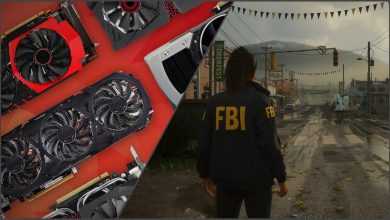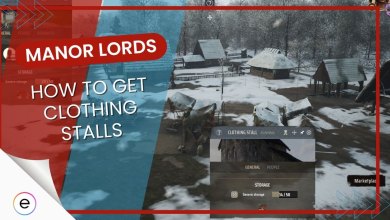Metro Exodus Review
Overall
-
Story And Setting
-
Gameplay
-
Visuals And Performance
Verdict
Metro Exodus continues the series’ legacy with a thrilling post-apocalyptic experience that hooks you with its intricacies.
Pros
- Amazing Environmental Storytelling
- Immersive Visuals
- Gripping Characters
- Rewarding Gameplay Mechanics
Cons
- Clunky Gunplay
- Demanding Hardware Performance
The Metro series has continued to please its audience by sticking to its tried-and-tested features — straightforward gunplay, incredible world-building, and a grand campaign. Thankfully, Metro Exodus, the latest entry into the franchise, keeps most of those features intact, but interestingly makes a few decisions that break away from the series’ traditional formula, prioritizing aspects overall setting over the more niche designs like gameplay pacing.
- Developer: 4A Games
- Publisher: Deep Silver
- Release Date: 15 February 2019
- Platforms: PC, PlayStation 4, PlayStation 5, Xbox One, Xbox Series X/S, PC
- Game Length: 16 Hours
- Time Played: 40 Hours
Story And Setting

Metro Exodus continues the gripping journey of Artyom as he ventures beyond the ruined tunnels of Moscow for the very first time. Set in the year 2035, just one year after the events of Metro: Last Light, the game marks a bold departure from the claustrophobic underground environments that defined the series. Instead, it introduces a more open, dynamic world filled with danger, beauty, and emotional storytelling.
Artyom quietly defies what everyone believes. He refuses to accept that Moscow’s metro system holds the only surviving humans and risks his life to prove others exist elsewhere. The story takes a turn when Hansa soldiers capture Artyom and his wife Anna after they find a working train on the surface. These soldiers had been blocking radio signals to keep Moscow cut off from the world.
This discovery leads Artyom and the Spartan Rangers to take control of a Soviet-era locomotive they call the Aurora. Colonel Miller guides them east toward the Ural Mountains. The team’s first stop is Mount Yamantau, where they hope to find what remains of the Russian government.
A Subtle Narrative Carried By Intricate Storytelling
With the way the story unfolds, it’s clear the narrative wants to take a backseat, letting the environment and characters take the lead and open up the world to you. Even with prior Metro titles, the setting has always been 4A’s core strength, and I commend them for recognizing that in this game and following what they know they’re good at.
The world feels alive and lived-in, with unique relics of the past scattered throughout that you won’t see repeated twenty times over.
Metro Exodus really shines through its unspoken narratives. The world feels alive and lived-in, with unique relics of the past scattered throughout that you won’t see repeated twenty times over.
Silent stories emerge from abandoned buildings through carefully placed objects. A skeleton pilot remains frozen at the controls of a crashed plane. Photos of long-gone people stay pinned to walls, and religious icons gather dust in forgotten corners.
The Play With Seasonal Structures
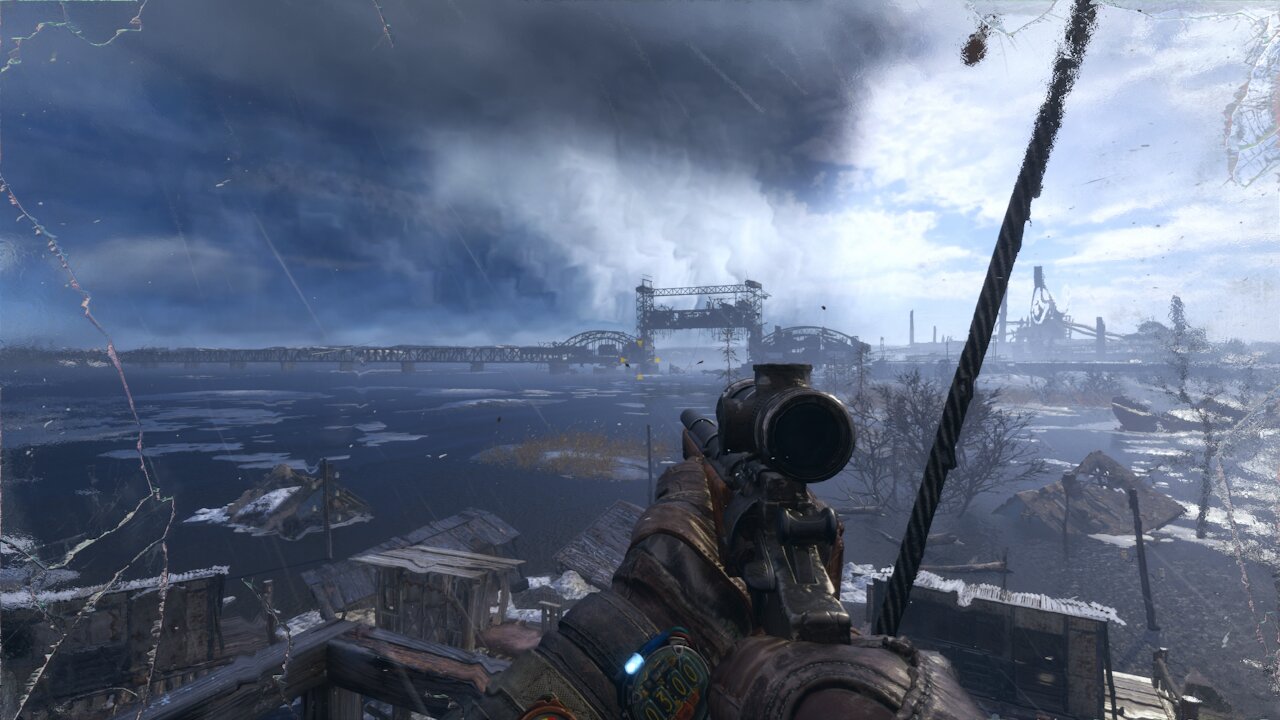
Metro Exodus spans a full year. The environments transform with the seasons as the story moves forward. The trip starts in Moscow’s nuclear winter, moves through spring at the Volga River, summer at the dried Caspian Sea, autumn in the taiga forest, and ends in winter at Novosibirsk.
The seasonal changes create an epic feel to the trip, introducing a dynamic aspect to the experience that encourages you to explore the environment even more.
These were easily my favorite part — the changing seasons do more than look different. They showcase Russia’s varied landscape while shaping both gameplay and story. Each region has its own groups with unique beliefs: technophobic cultists live by the Volga, slavers control the Caspian desert, and the Children of the Forest inhabit the taiga.
The seasonal changes create an epic feel to the trip, introducing a dynamic aspect to the experience that encourages you to explore the environment even more. Each environment mirrors the emotional growth of Artyom and his companions as they look for a radiation-free home.
Gameplay
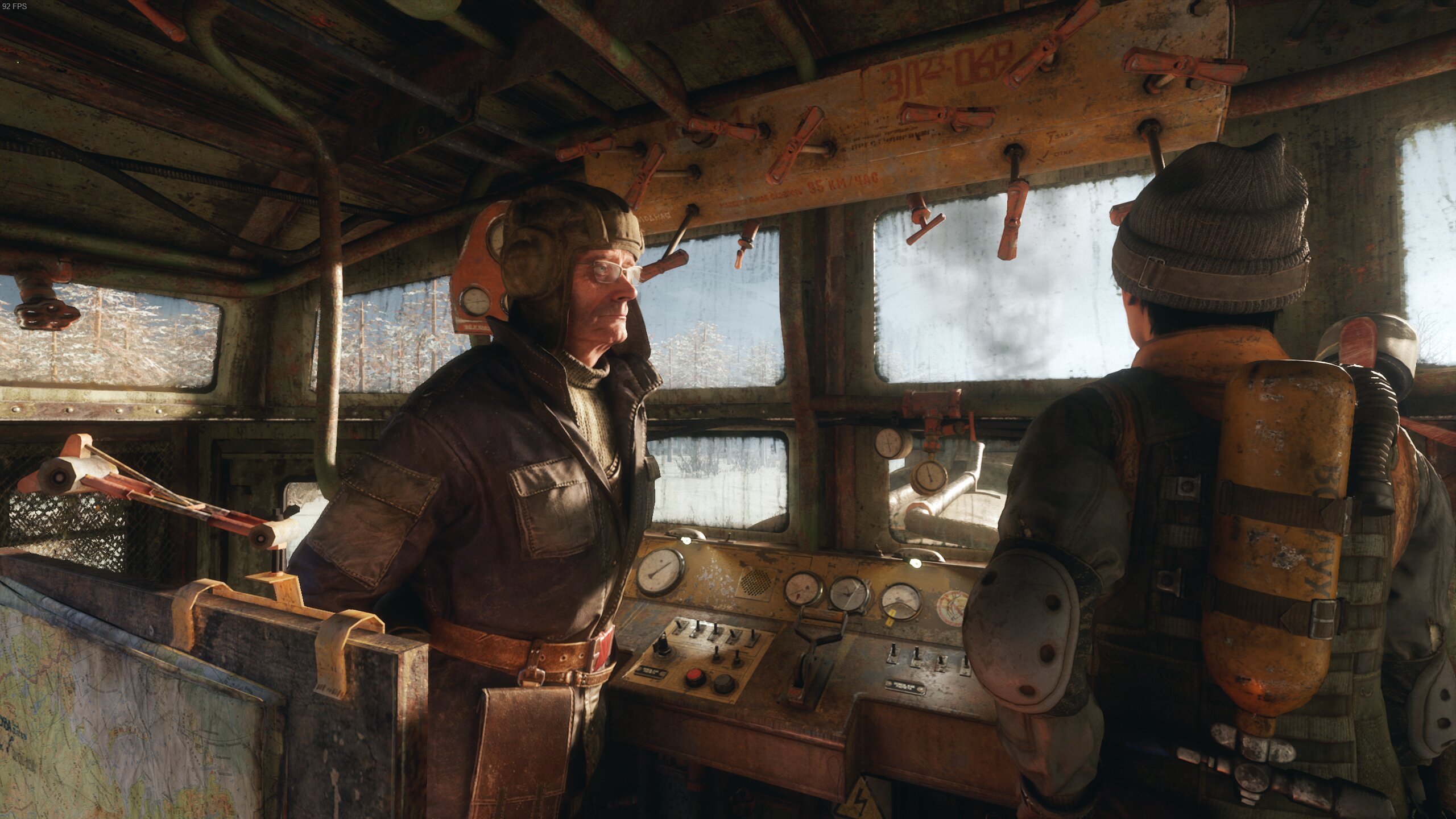
The best way I can describe Metro Exodus’s gameplay is that it works like an accordion — you’ll go from tight, guided sections to huge open areas that can stretch up to two square kilometers. The game doesn’t always handle this smoothly, though, since you can’t go back once you’ve finished an area.
Of course, new players might feel overwhelmed by all the systems and survival elements in these open zones. While you’re free to explore, danger lurks everywhere — mutant packs roam freely, and straying from safe paths often puts you face-to-face with the wasteland’s scariest monsters.
Surviving Isn’t A System, It’s A Reality
Most games treat survival mechanics as an afterthought, but Metro Exodus makes them really matter. Your gear needs constant care — your weapons get dirty as you use them and will jam or overheat in the middle of fights without cleaning. Beyond that, gas mask filters only work for a few minutes, warning you about incoming depletion with a beep.
The crafting system uses only two resources (materials and chemicals), making it simple without being too basic. You can craft basics like medkits and pneumatic ammo from your backpack, but you’ll need workbenches to make bullets and clean weapons.
Iffy Combat That Requires Restraint
Metro’s combat isn’t built for fast-paced action, but it’s particularly clunky in Exodus. The slow aiming speed feels like a deliberate choice that sets it apart from other shooters. You also just need to make every bullet count since ammo is scarce, which isn’t anything new in complex first-person shooters, but it hindered me from thoroughly exploring and potentially enjoying the gunplay.
I also noticed the enemy AI to be weird occasionally. Sometimes, they spot you with superhuman accuracy, while they’re completely blind at other times and can’t even tell you apart from the rest of the environment, even if you’re standing next to them.
Metro’s combat isn’t built for fast-paced action, but it’s particularly clunky in Exodus.
When you take down most of a human enemy group, the survivors might give up instead of fighting to the end. This system rewards smart thinking over quick reflexes, creating real tension despite some technical issues. However, if you’re exploring that action-packed mayhem, Exodus’ grounded approach can leave a lot to be desired. The game supports both patient and run-and-gun enthusiasts, but gives stealth players extra advantages.
Players can pick between two modes: “Survival mode is meant to capture the feel of the original Metro 2033” with “fewer resources, more challenging stealth,” while “Spartan mode is meant to capture the feel of the original Last Light” with “more resources and slightly more forgiving stealth”. The choice is up to you, and, fortunately, neither mode is too challenging or too easy.
Visuals And Performance
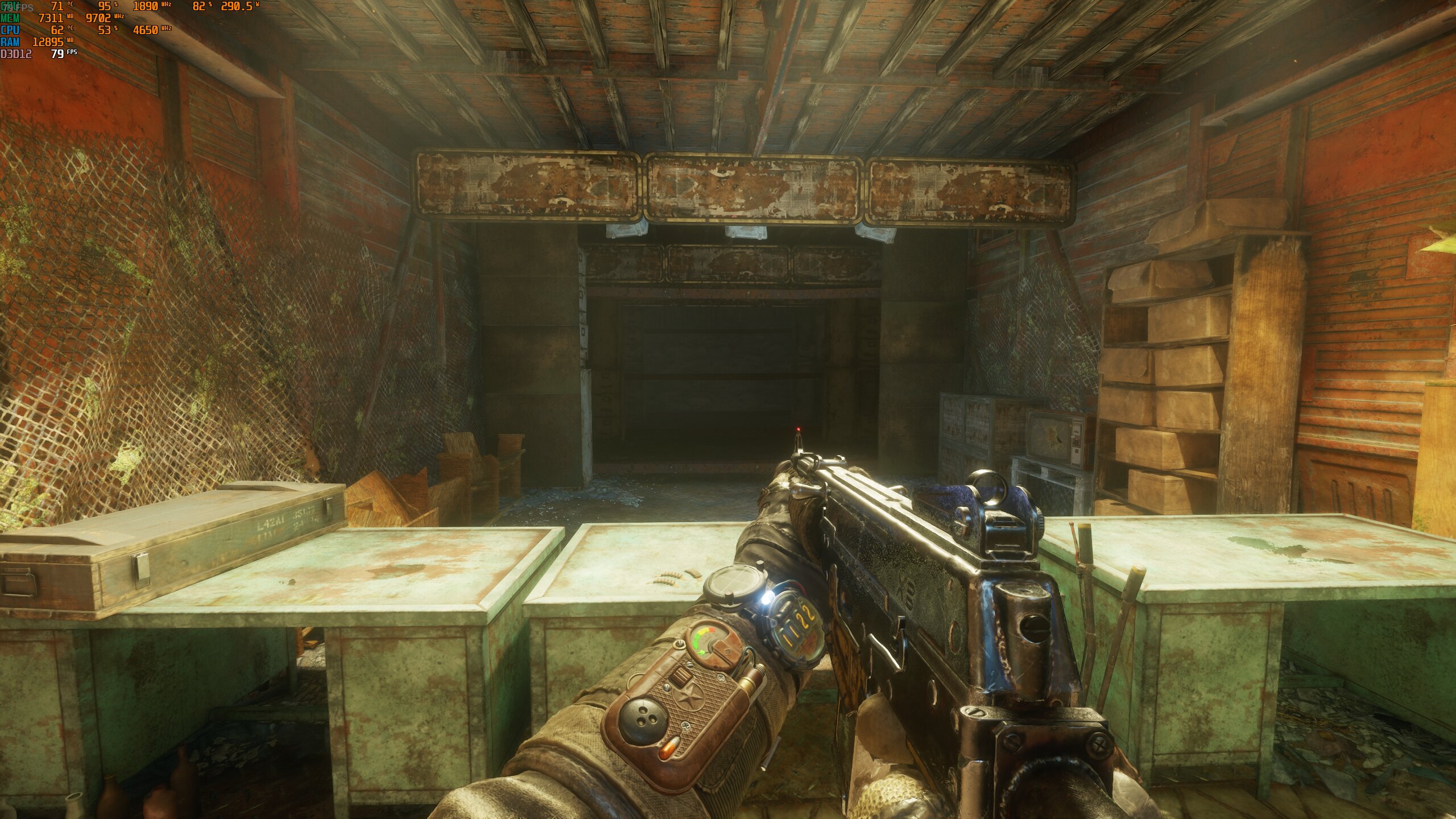
Back when it first released, Metro Exodus visually felt far beyond its time, and I’m happy to say that the art style still holds up to this day. The scenery, character models, and even the weapon details are absolutely stunning and highlight 4A’s passion in ensuring they continue their legacy of building crisp-looking titles.
It has surprisingly detailed animations for even the most basic and subtle actions, like the tiny mechanisms of a weapon. The lighting is just immaculate, and when you’re standing on the railways during a blizzard, you can truly see the vision the developers had when crafting every environment, weather, and vibe.
The scenery, character models, and even the weapon details are absolutely stunning and highlight 4A’s passion in ensuring they continue their legacy of building crisp-looking titles.
Of course, the graphics come at a cost. With an RTX 3070 Ti and a Ryzen 5 7500F, I was averaging 70 FPS at 1440p with DLSS and Ray Tracing enabled. For a game that came out in 2019, these are some tanky statistics, and I imagine anyone without a recent AMD or NVIDIA RTX GPU is going to struggle even getting 60 FPS at 1080p.
Fortunately, there weren’t any bugs or visual glitches during my experience, so the only thing you need to worry about is the demanding aspect.
Conclusion

Metro Exodus represents a remarkable rise in the series. The game breaks free from its underground roots but keeps its soul intact. My trip through post-apocalyptic Russia showed me a game that goes beyond its solid Metascore. The rich storytelling comes alive through scripted moments and environmental details.
The game just needs patience and adaptation from players. You have to accept its unique blend of survival mechanics, thoughtful combat, and resource management. The switches between linear and open areas might feel jarring at first, but this structure creates a compelling rhythm that fits the narrative perfectly.
Metro Exodus truly shines in its human moments. The Aurora isn’t just transportation — it becomes a home where relationships grow despite the devastation around. It’s the little touches that make this trip meaningful. Finding a teddy bear for Nastya or watching Stepan’s wedding shows why Artyom’s story matters so much.
This has been my Metro Exodus review. While you’re here, consider checking out some of our other articles.
- Selaco Review
- Elden Ring: Shadow of the Erdtree DLC Review
- Mullet Madjack Review
- The Casting Of Frank Ocean Review
- S.T.A.L.K.E.R.
- Atomfall
- Sniper Ghost Warrior Contracts
Thanks! Do share your feedback with us. ⚡
How can we make this post better? Your help would be appreciated. ✍

